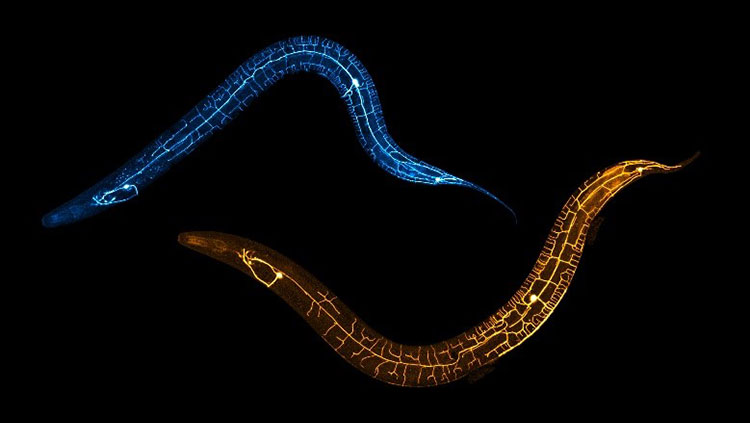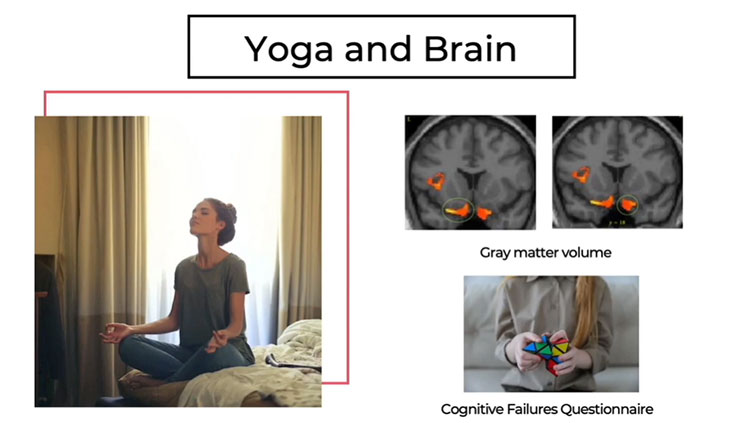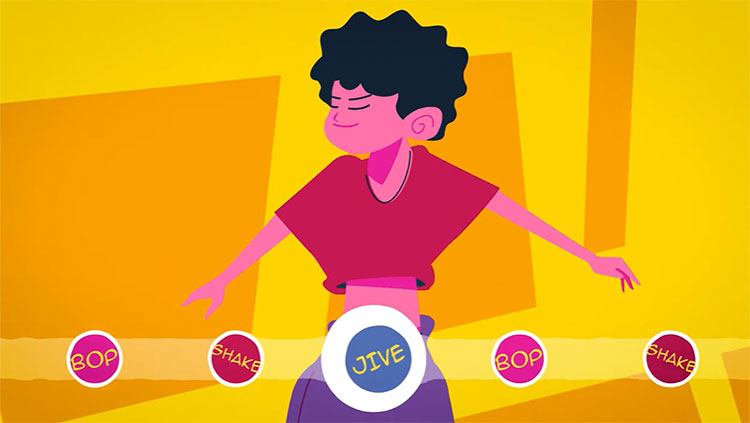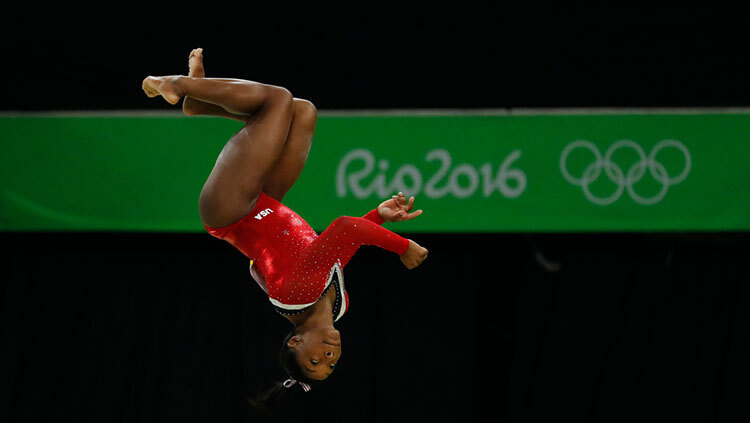Keeping You Right Ways Up
- Published27 Aug 2018
- Reviewed27 Aug 2018
- Author Charlie Wood
- Source BrainFacts/SfN
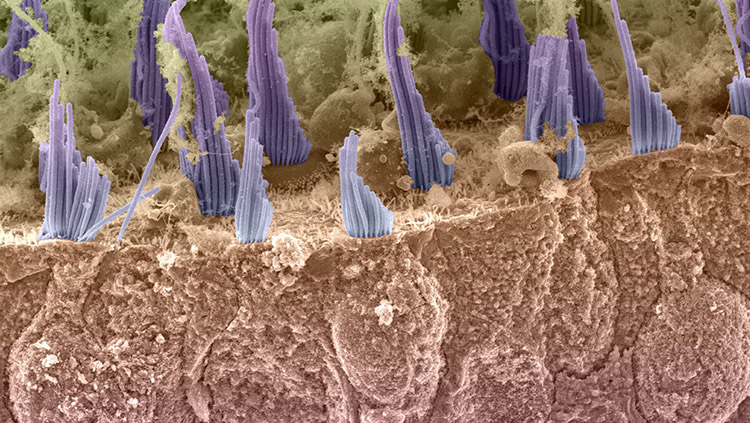
Some say the five senses are smell, hearing, sight, touch, and taste, but those are just the major ones. Take orientation, for example. Tip your head forward or backward and there’s no mistaking it, even with your eyes closed. That’s because these organ pipe-shaped cells sense when your head isn’t level and pass the message onto your brain.
Located in the upper half of your inner ear (which goes by the name utricle), these hair cells (pictured in blueish-purple) respond to the pull of gravity — just not directly. They’re too small and light. Rather, this gravity-sensing organ relies on little crystals called otoliths, which means ear rocks in Greek. Made from the main ingredient in pearls and sea shells, these grains weigh down a gel surrounding the hair cells. When you tilt, they tilt, bending the gel and bringing along the hair cells, who then inform your brain that you’re off-kilter.
CONTENT PROVIDED BY
BrainFacts/SfN
References
Encyclopædia Britannica, Inc. (n.d.). Utricle [The membranous labyrinth of the vestibular sys-tem, which contains the organs of balance: (lower left) the cristae of the semicircular ducts and (lower right) the maculae of the utricle and saccule.]. Retrieved August 27, 2018, from https://www.britannica.com/science/utricle
Also In Movement
Trending
Popular articles on BrainFacts.org




